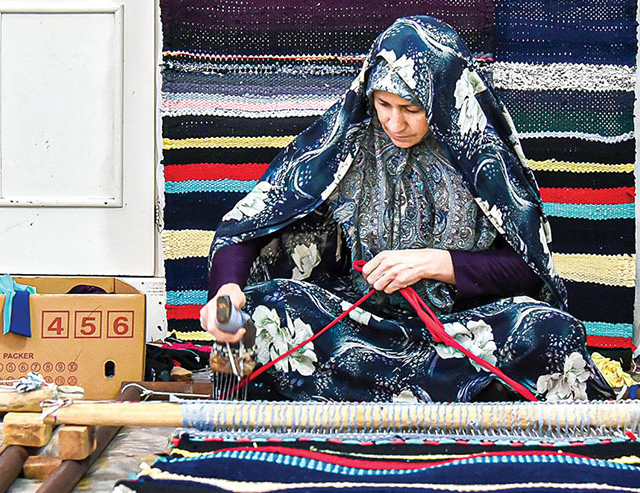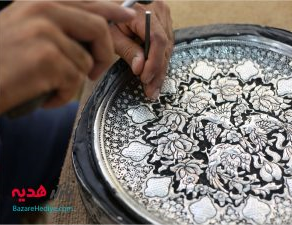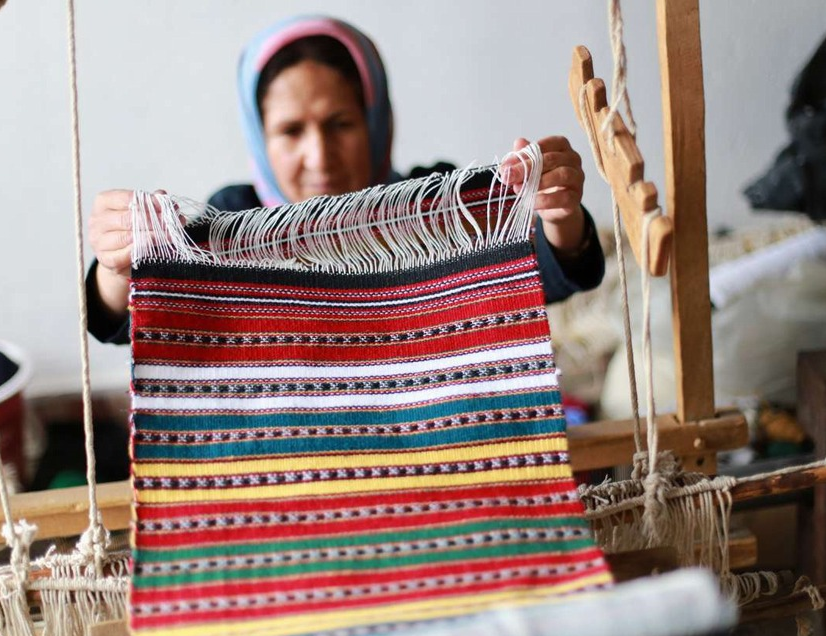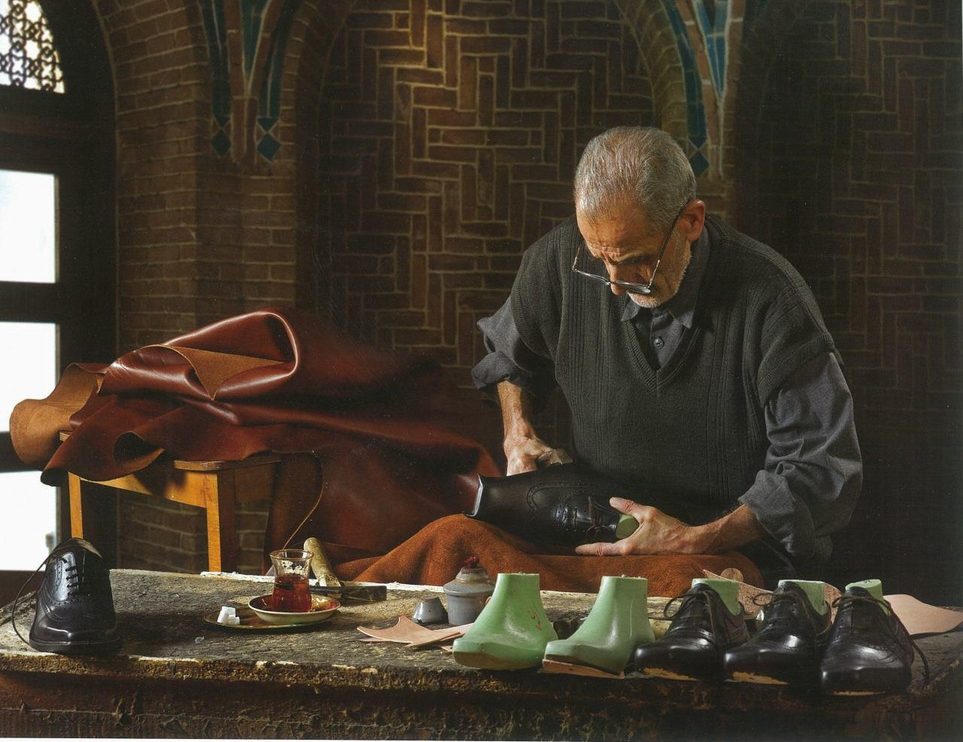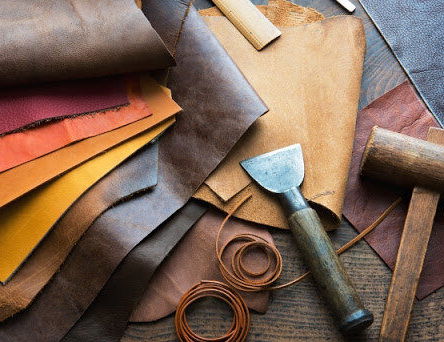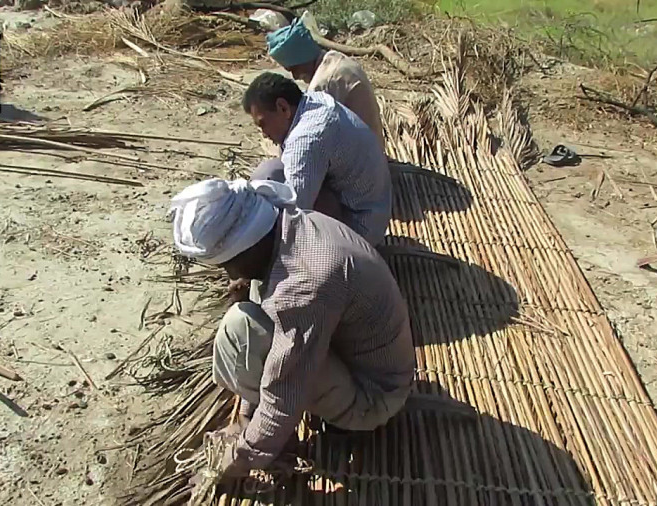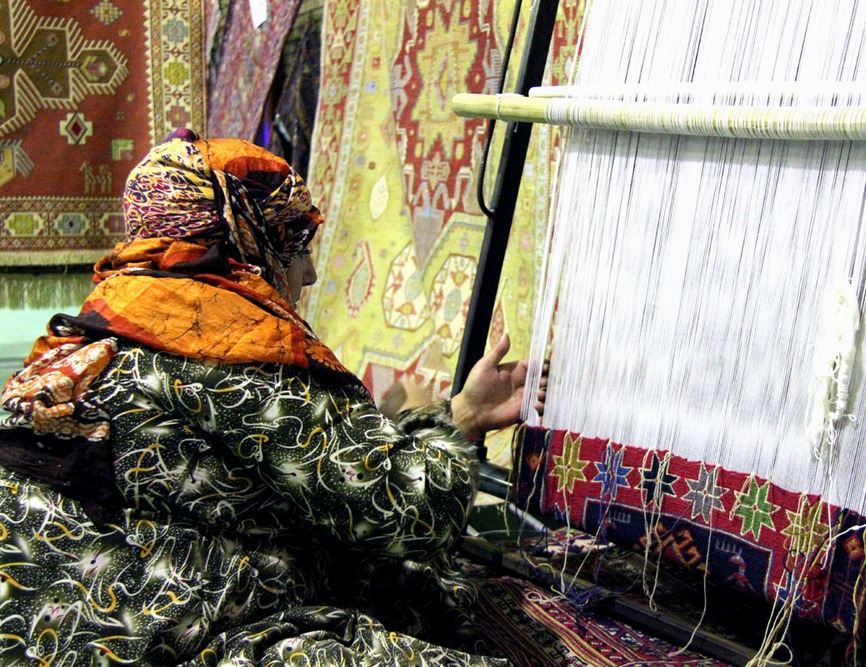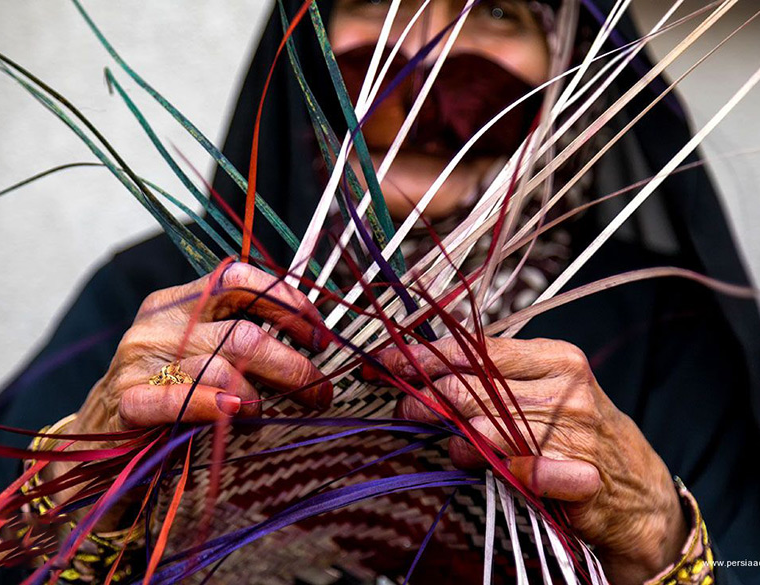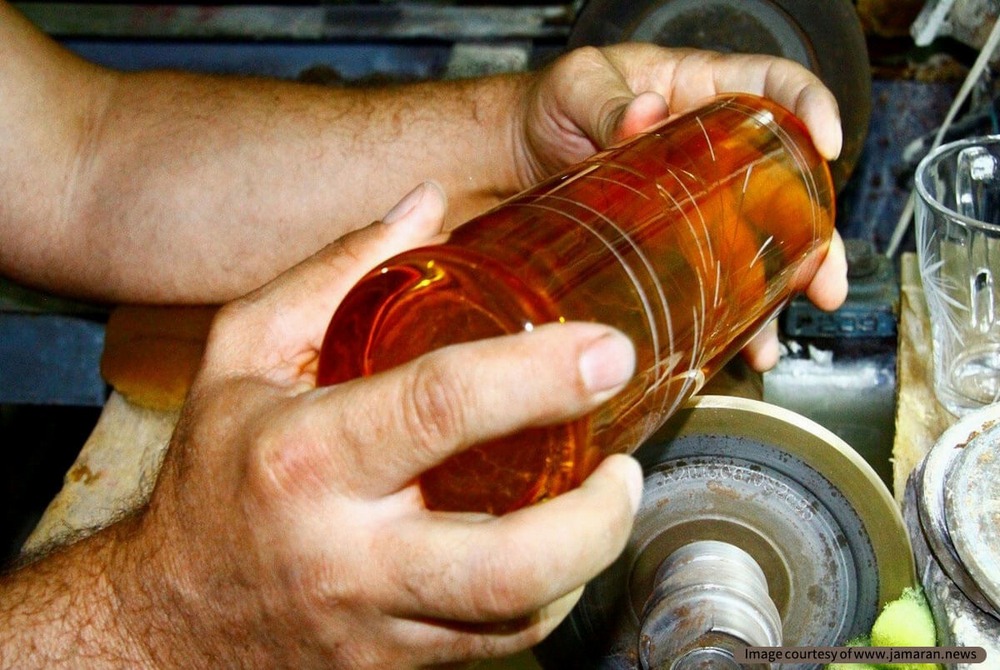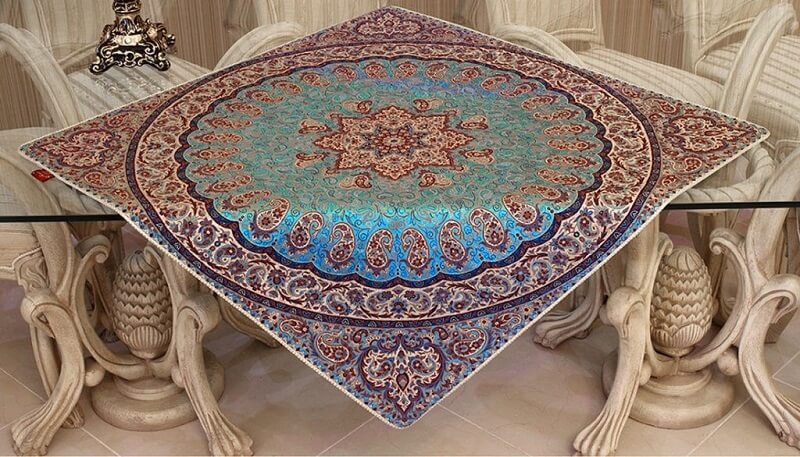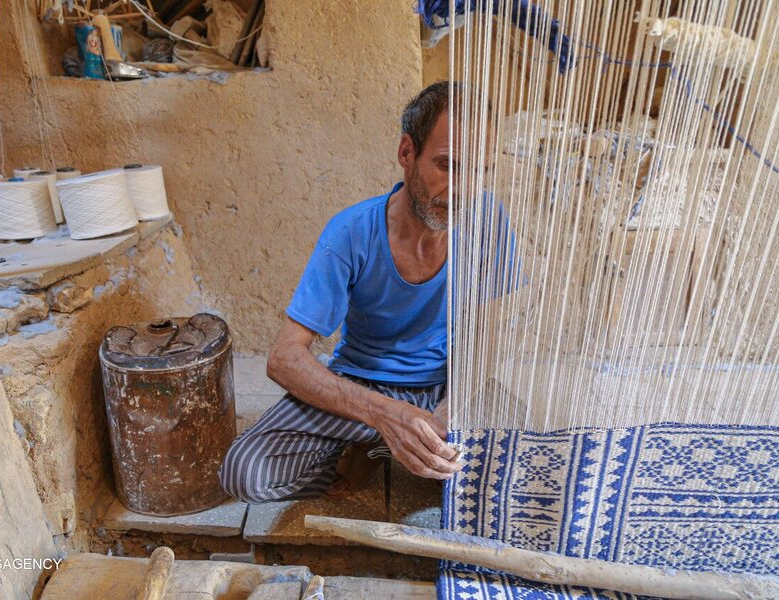
Traditional Darning
Traditional darning is a technique for repairing fabrics by creating alternative warp and wefts, which is preferably done using the fabric’s own warp and weft thread and in accordance with its texture so that after the darning operation is finished, the place of repair cannot be recognized. Since about 100 years ago, with the development of the weaving technique and the abundance of this product in different communities, it became possible to easily replace damaged fabrics with new ones as a result of which darning lost its importance and was almost discarded. Nevertheless, the activities to codify this valuable profession in Iran started a few years ago it was inscribed as an intangible national heritage.
The Historical Background of Traditional Darning in Iran
The art of darning in Iran is quite old and some experts date its history to more than a thousand years ago. It seems that the art of darning came into being at the same time as man has achieved the technique of producing fabric. If this view is true, the history of darning dates back to a few millennia BC. Of course, the characteristics of the fabrics woven in those days eliminate the possibility of them lasting for a long time, and therefore, a small number of fabrics from those times have reached us, which are kept in some special museums of the world, the accessibility to which is rather impossible. In this way, it seems very difficult to find historical examples to study the background of darning. However, in the old texts of Persian literature, there are references to fabric darning or the tools used in it, which shows that this art has been popular among Iranians for centuries. Different writers and poets in the geographical area of Iran have spoken in different centuries about darning and cloth weaving, which shows that this technique, in addition to its geographical extent, has also had significant historical durability. One of the most important sources about the art of darning is “Diwan-e Al-Baseh” written by “Khwaja Nizamuddin Mahmud Qari” in the 8th and 9th centuries of AH (14th century AD). In this specialized book, he directly refers to the art of darning.
Iranians have been famous for fabric weaving since the distant past and produced high-quality fabrics. The expansion of the art of weaving in Iran is probably one of the factors that has contributed to the growth of the art of darning and fabric repair. Until a few decades ago, darning artists were engaged in this profession all over Iran and passed this art on to their students, but today the teaching and learning of this technique is limited to private training in art schools.
Applications and Tools
The most important application of traditional darning is the restoration of old fabrics, some of which are considered to be of historical value. Also, fabrics that are used as a background for performing some artistic works, such as painting, needlework, etc., can be protected by this technique.
The most common tools used in traditional darning include needles, scissors, and thimble. In this technique, the artist carefully repairs the fabric in such a way that the signs of wear and tear disappear. In this work, a variety of sewing techniques are used so that the repaired part can almost not be seen.
A darning artist must have a good knowledge of fabric weaving techniques and recognize different types of fabrics. Usually, in the past, those who engaged in darning were experienced fabric weavers who used their experience in this technique. Since darning is an independent and valuable art, historically valuable fabrics on which the darning takes place gain double value and importance.
The traditional art of darning was inscribed on the list of Iran’s intangible national heritage in the year 2018 as a result of which certain measures have been taken to revive this traditional art and to train those interested in it.
| Name | Traditional Darning |
| Country | Iran |
| Cities | |
| Works | Knitting, sewing and textile |
| Registration | National |
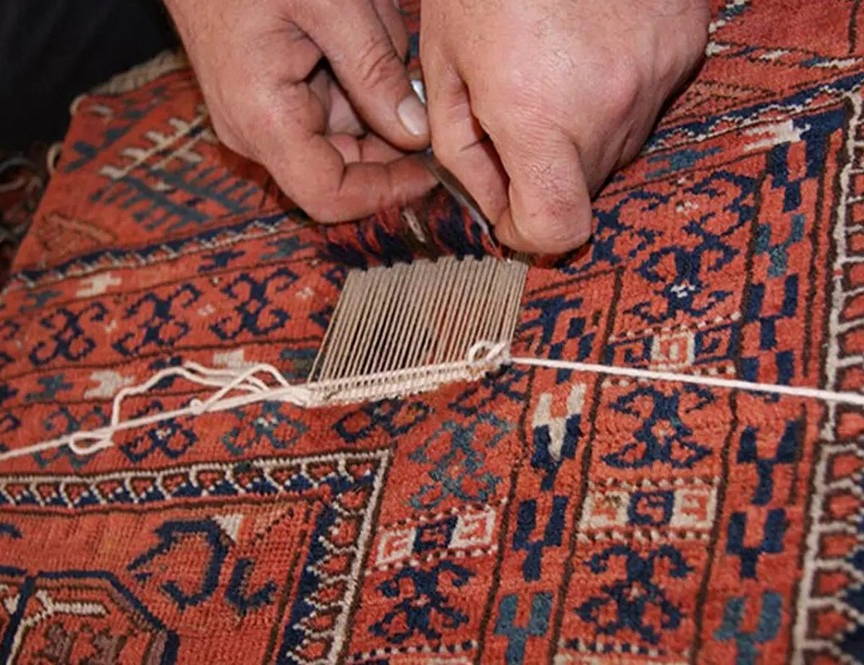
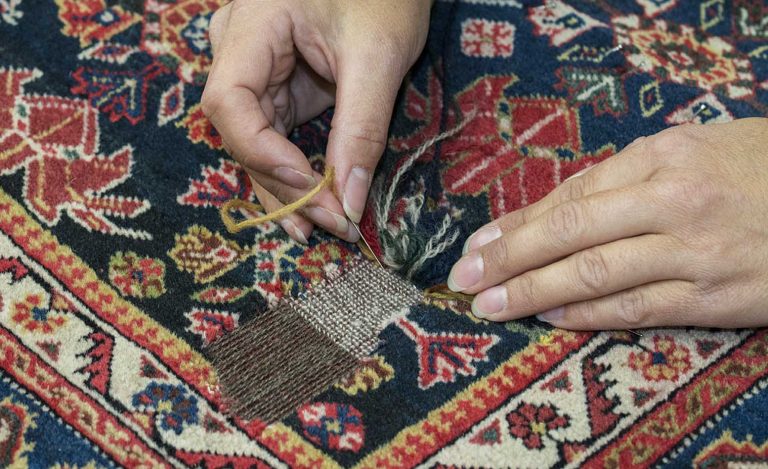
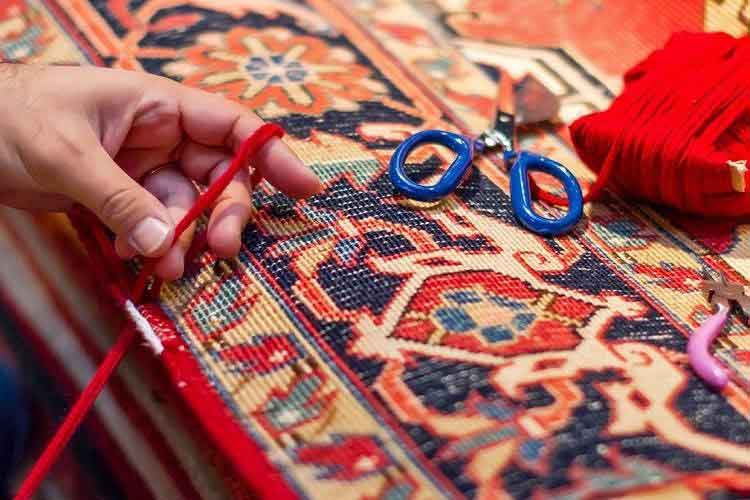



Choose blindless
Red blindless Green blindless Blue blindless Red hard to see Green hard to see Blue hard to see Monochrome Special MonochromeFont size change:
Change word spacing:
Change line height:
Change mouse type:
